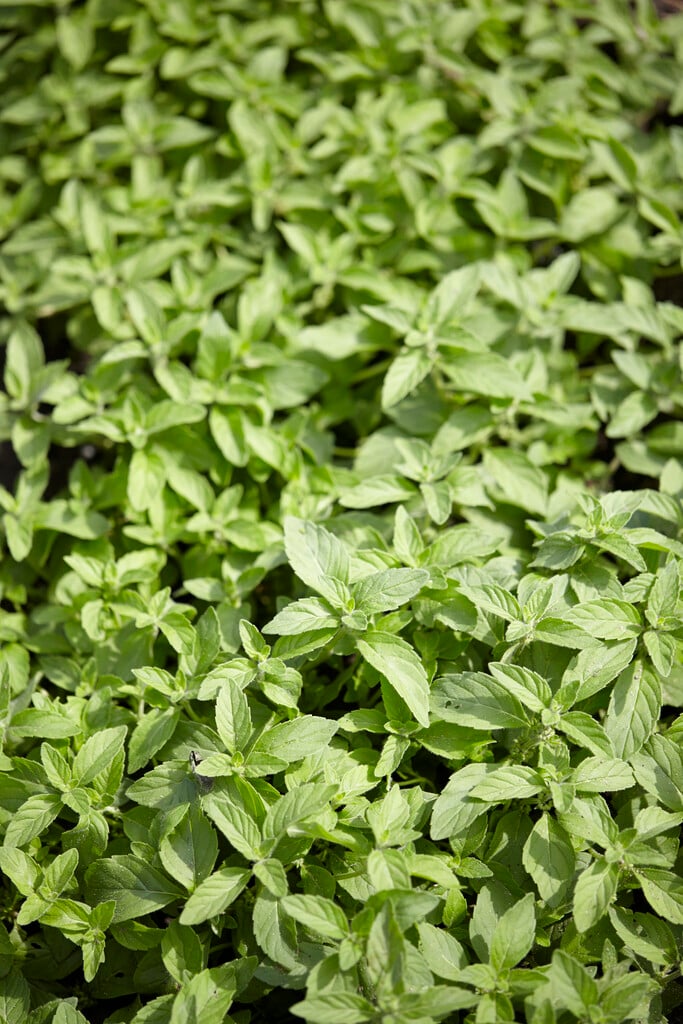Mentha arvensis
corn mint
A variable herbaceous perennial about 10-60cm tall, with creeping rhizomes, and often reddish-purple stems bearing slightly hairy, aromatic mid-green leaves to 6cm long, held in pairs. The flowers are small, tubular andd pale mauve, in ball-shaped clusters forming a spike in summer
Other common names
field mintmintys yr ŷd
Size
Ultimate height
0.5–1 metresTime to ultimate height
2–5 yearsUltimate spread
0.1–0.5 metresGrowing conditions
Moisture
Poorly–drained, Moist but well–drainedpH
Acid, Alkaline, NeutralColour & scent
| Stem | Flower | Foliage | Fruit | |
| Spring | Green | |||
|---|---|---|---|---|
| Summer | Purple | Green | ||
| Autumn | Green | |||
| Winter |
Position
- Full sun
- Partial shade
Aspect
East–facing or North–facing or South–facing or West–facing
Exposure
Exposed or Sheltered Hardiness
H5Botanical details
- Family
- Lamiaceae
- Native to GB / Ireland
- Yes
- Foliage
- Deciduous
- Habit
- Clump forming, Spreading branched
- Genus
Mentha are aromatic, rhizomatous perennials with opposite, toothed leaves and small tubular flowers in spikes of whorls in summer
- Name status
Correct
How to grow
Cultivation
Grow in moist but well drained soil in full or partial sun. May have to potential to become a nuisance; restrict the root run in a deep container and plunge into the ground, or plant in a well chosen site where it can grow unrestricted. See mint cultivation for more information
Propagation
Propagate by division or by cuttings at any time of year
Suggested planting locations and garden types
- Wildlife gardens
- Patio and container plants
Pruning
No pruning required
Pests
Generally pest-free
Diseases
Generally disease-free
Get involved
The Royal Horticultural Society is the UK’s leading gardening charity. We aim to enrich everyone’s life through plants, and make the UK a greener and more beautiful place.
